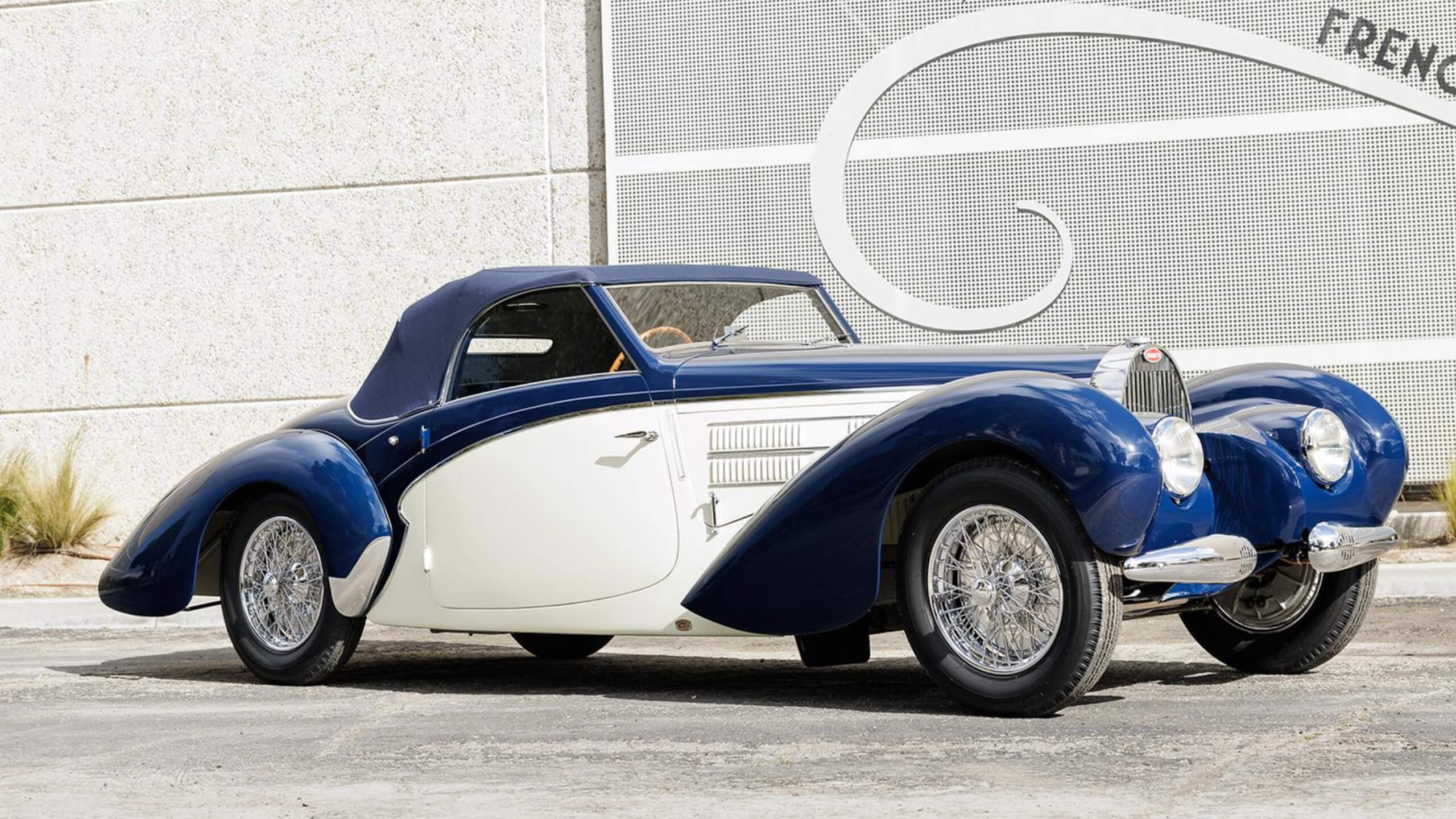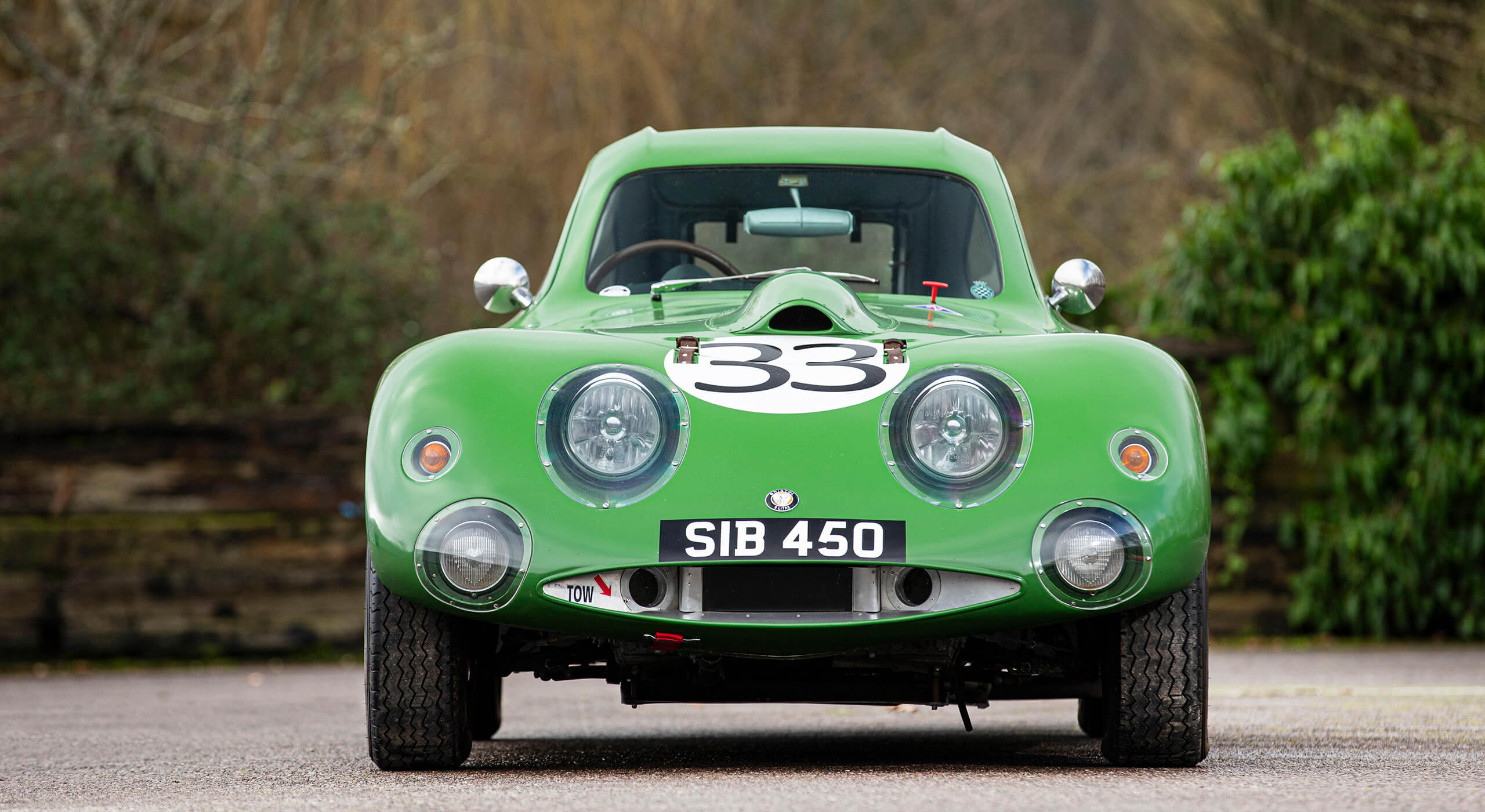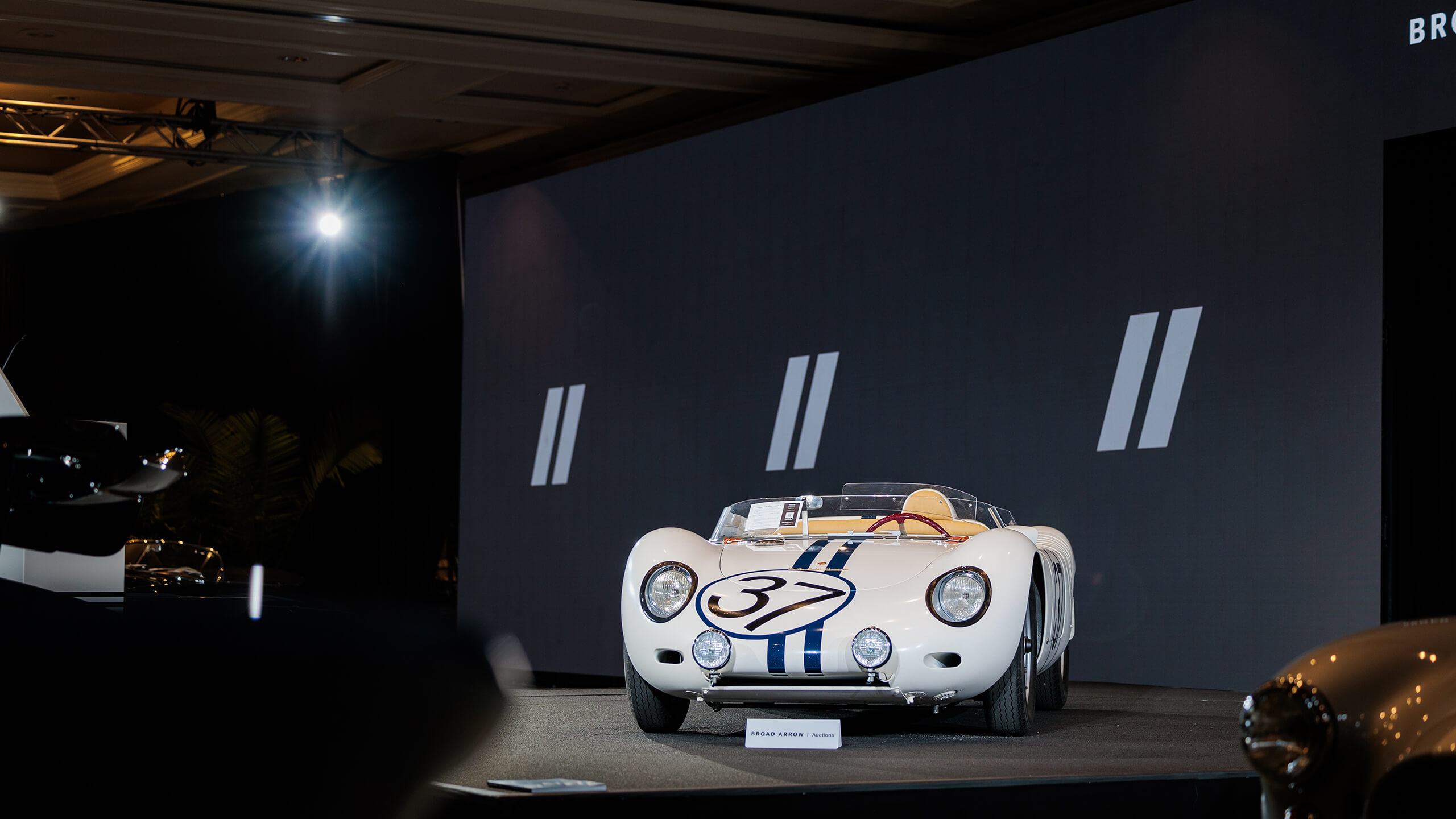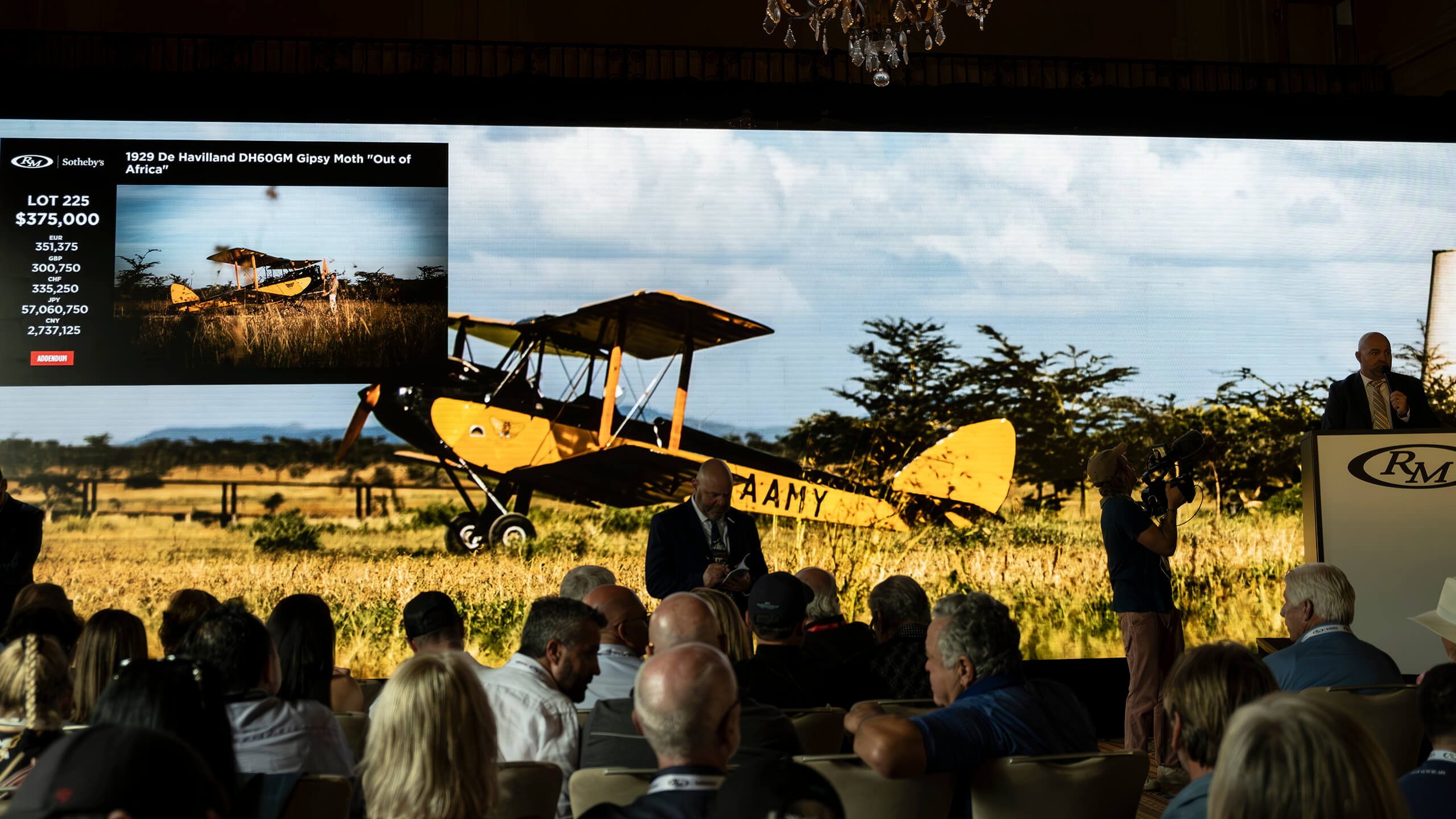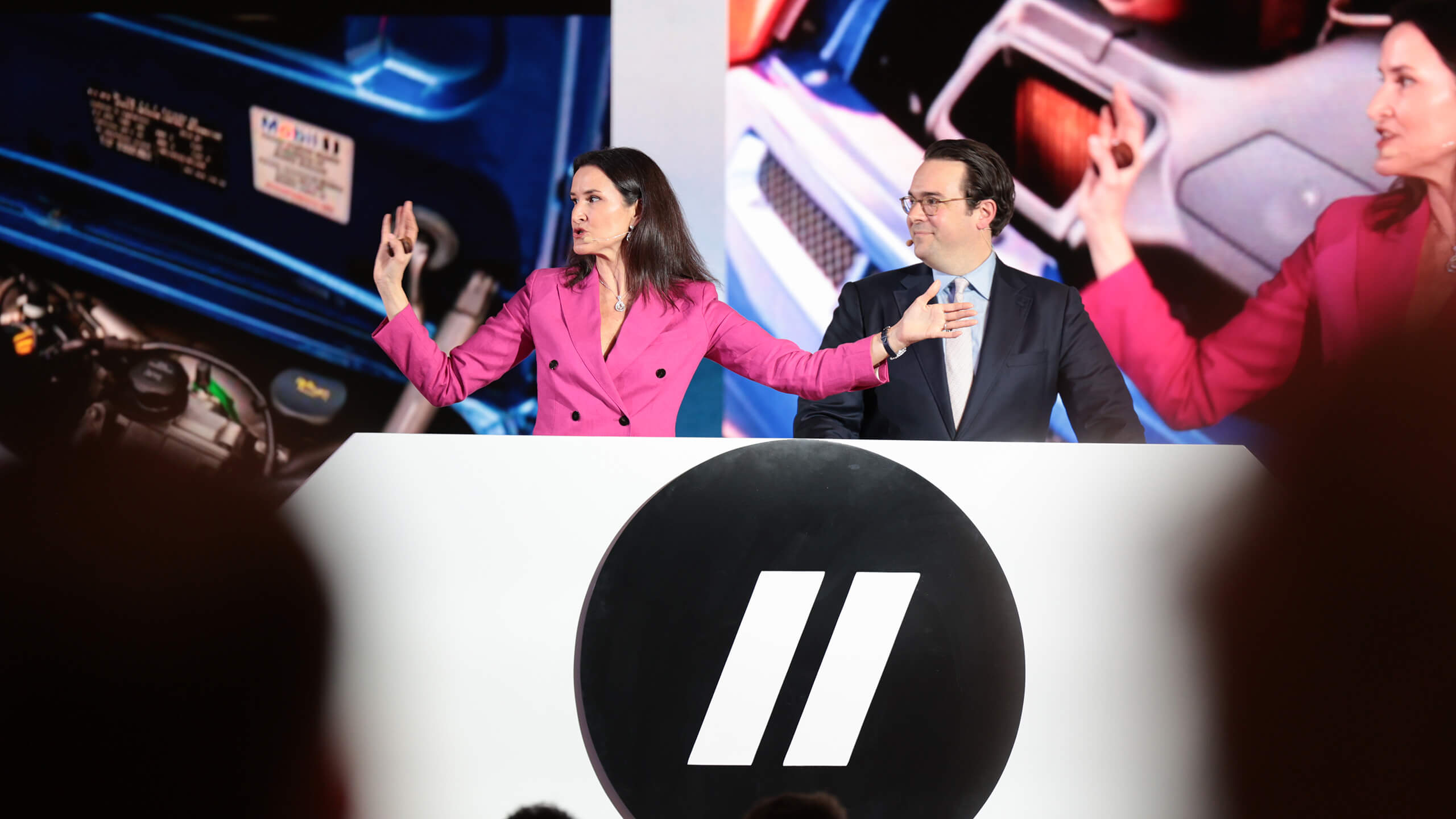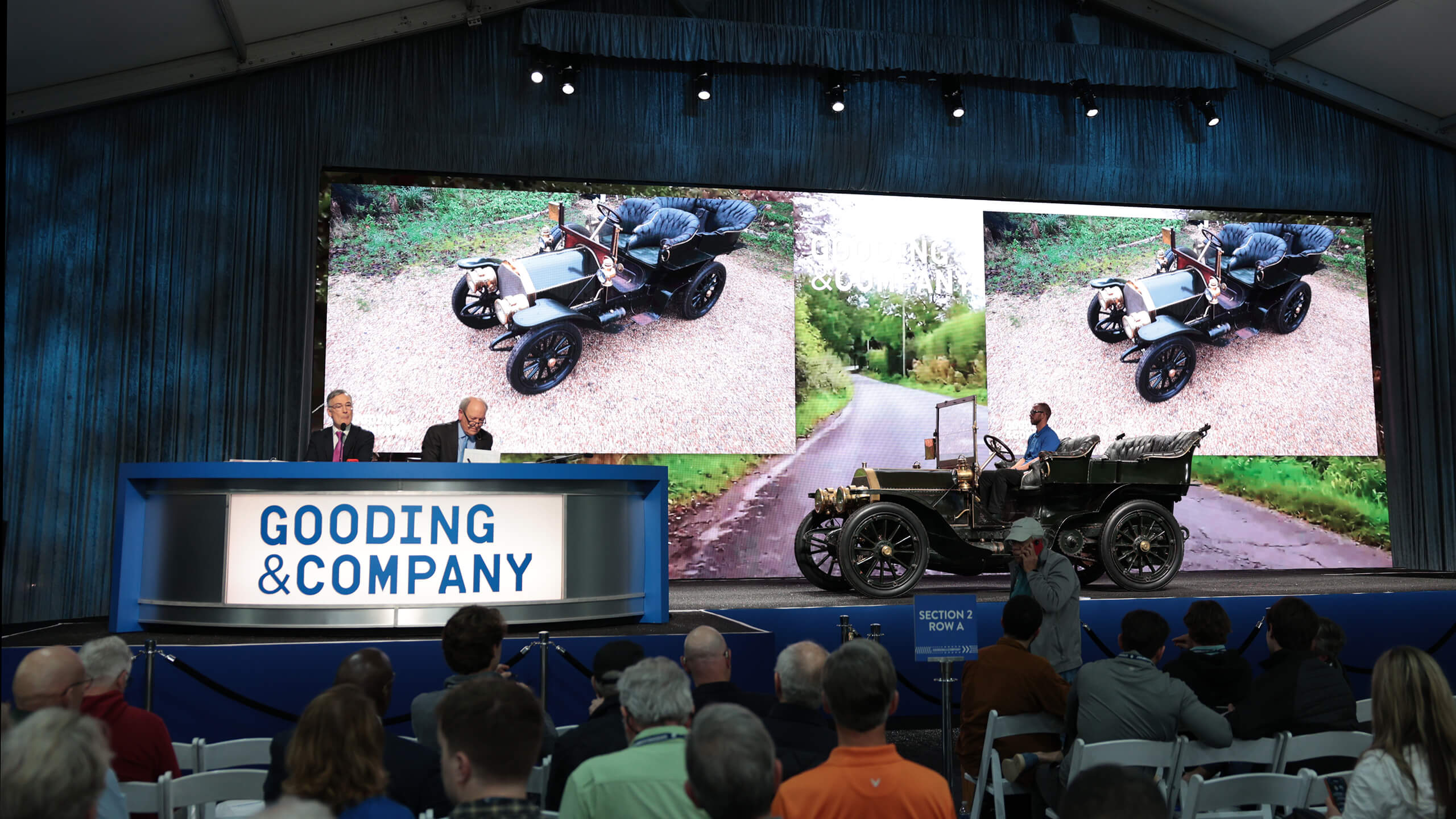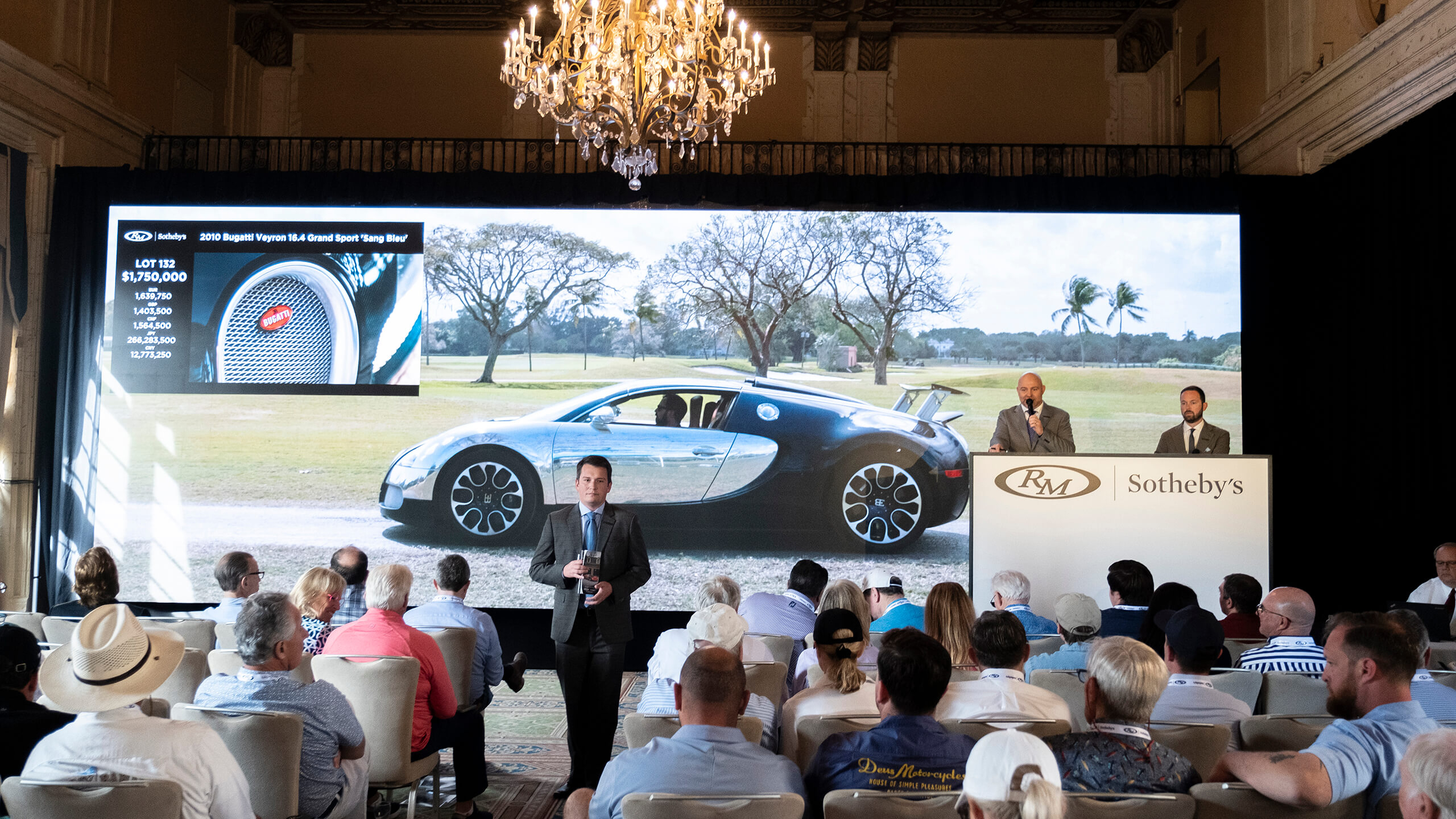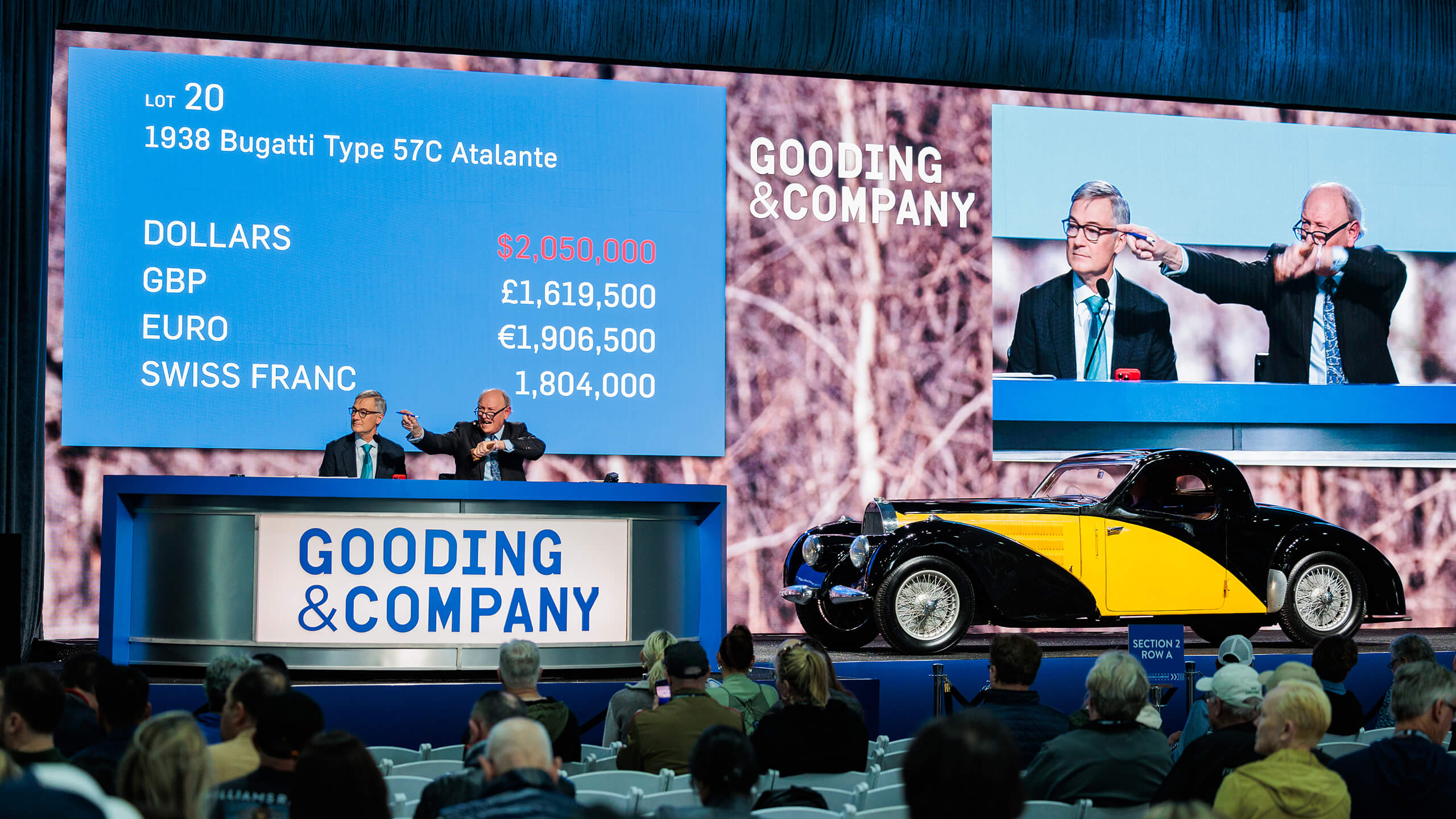K500 contributor Simon de Burton tells some surprising tales from his days at Sotheby’s in the 1990s...
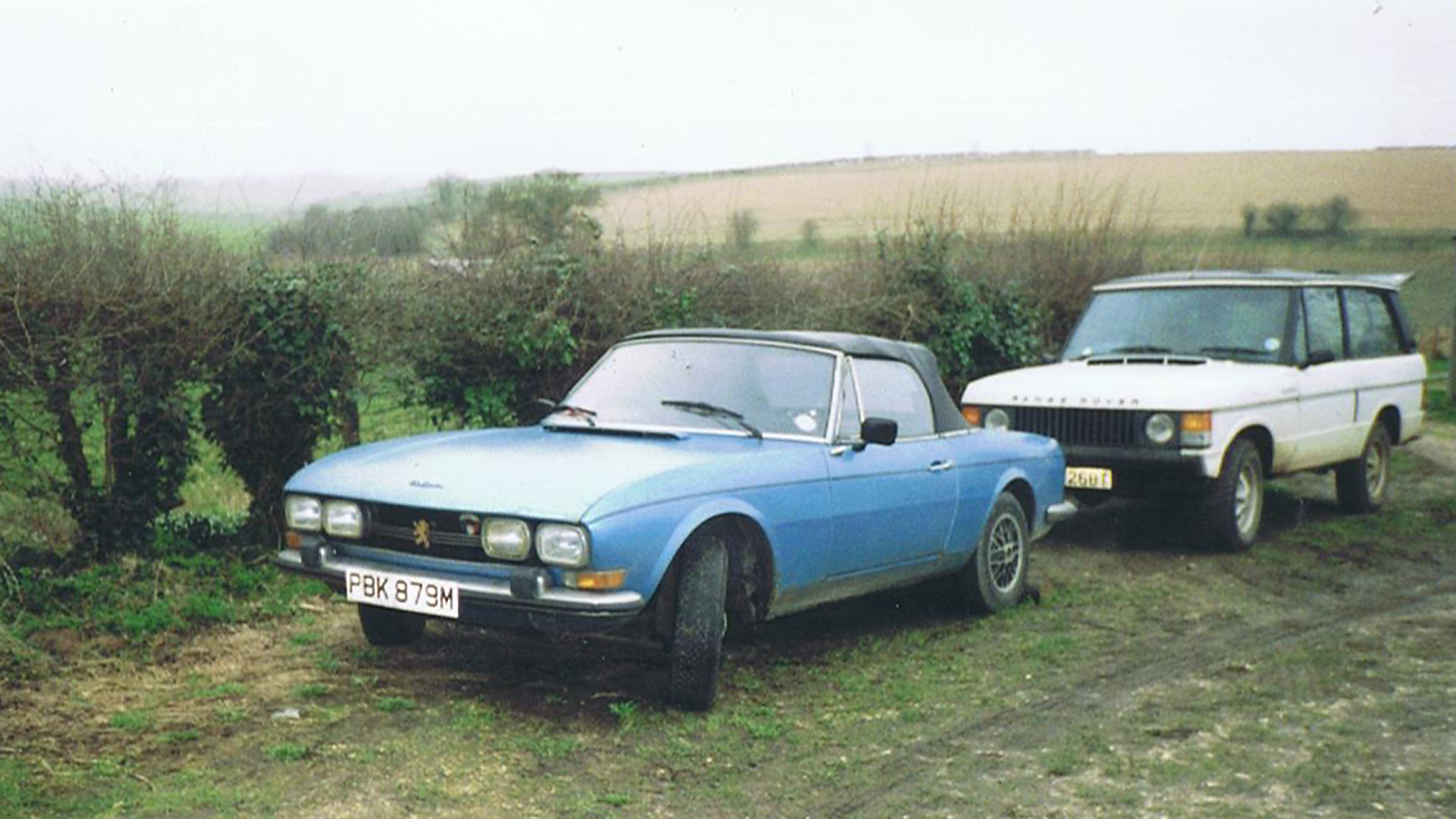
To this day, I remain baffled as to how I landed my ‘dream job’ in the Sotheby’s press office, where I worked from the early to late 1990s after responding – along with 2,000 others – to a ‘small ad’ in the Guardian’s once-hefty media section.
In any event, I couldn’t believe my luck. On starting, I was assigned to work with various departments in what was called the ‘collector’s division’, which involved me in a diversity of subjects ranging from musical instruments and silver, to rock-and-roll memorabilia and marine paintings; and, to my delight, cars.
Back then, Sotheby’s still operated on somewhat old-fashioned, rather loose terms and was staffed by many eccentric people who ran their respective departments as they saw fit.
One head specialist, for example, required his assistants (all of whom were female) to dress only in black or white clothing; another, the Russian ‘business getter’, sported a flowing cape and spats and carried a long, silver-topped cane; the boss of tribal art, meanwhile, enjoyed keeping his room in semi-darkness to enhance the fear factor of the latest consignment of wooden masks and fetish figures.
But the car department was the most maverick of all. Situated in a remote part of the building, up a narrow, circuitous staircase on the fourth floor, it was a law unto itself and a mystery to others working in more ‘scholarly’ fields – not least because logistics dictated that London sales, held roughly every couple of months, took place miles away at the RAF Museum in Hendon, North London.
Now, being an avid but impecunious 20-something car and motorcycle addict, these sales were always replete with lots that I wanted, but few that I could afford.
Occasionally, however, largely unpopular items would come up for grabs at no reserve – and helpfully, the memo about staff only being allowed to buy items by placing written bids 24 hours before the sale had mysteriously failed to reach the car department.
My personal successes included a ‘group lot’ of three MZ 250 motorcycles (£120), a Honda 400-Four café racer (£250), a rather nice Rover P5B coupé with fresh MoT (£900) and, my best purchase of all, a Peugeot 504 Cabriolet – £1,200.
Assuming it would be beyond my feeble financial reach, I had given the car a covetous glance during the view but hadn’t inspected it closely. On acquiring it, however, I discovered that it had been in the single ownership of a recently deceased colonel and had covered only a tiny mileage in the past few years.
Dragged from the garage after his death (the car, I mean), it had been MoT-tested and sent for sale as part of his estate. With a decent roof, faded but sound bodywork, a sweet, two-litre engine and a slick, manual gearbox, its only failing was a corrosion-riven boot panel.
That, however, didn’t prevent me from driving it away from the RAF Museum that evening, heading to Oxford to collect a friend and cruising down to the Cornish fishing village of Rock, which had yet to become the ‘Chelsea-on-Sea’ it is today.
There and back, the car never missed a beat, as they say – even when driven at high speed along the shoreline in an attempt to replicate Jack Nicholson’s Corvette beach scene from Terms of Endearment. Though it didn’t do much for that rusty boot panel.
Photo by Simon de Burton


